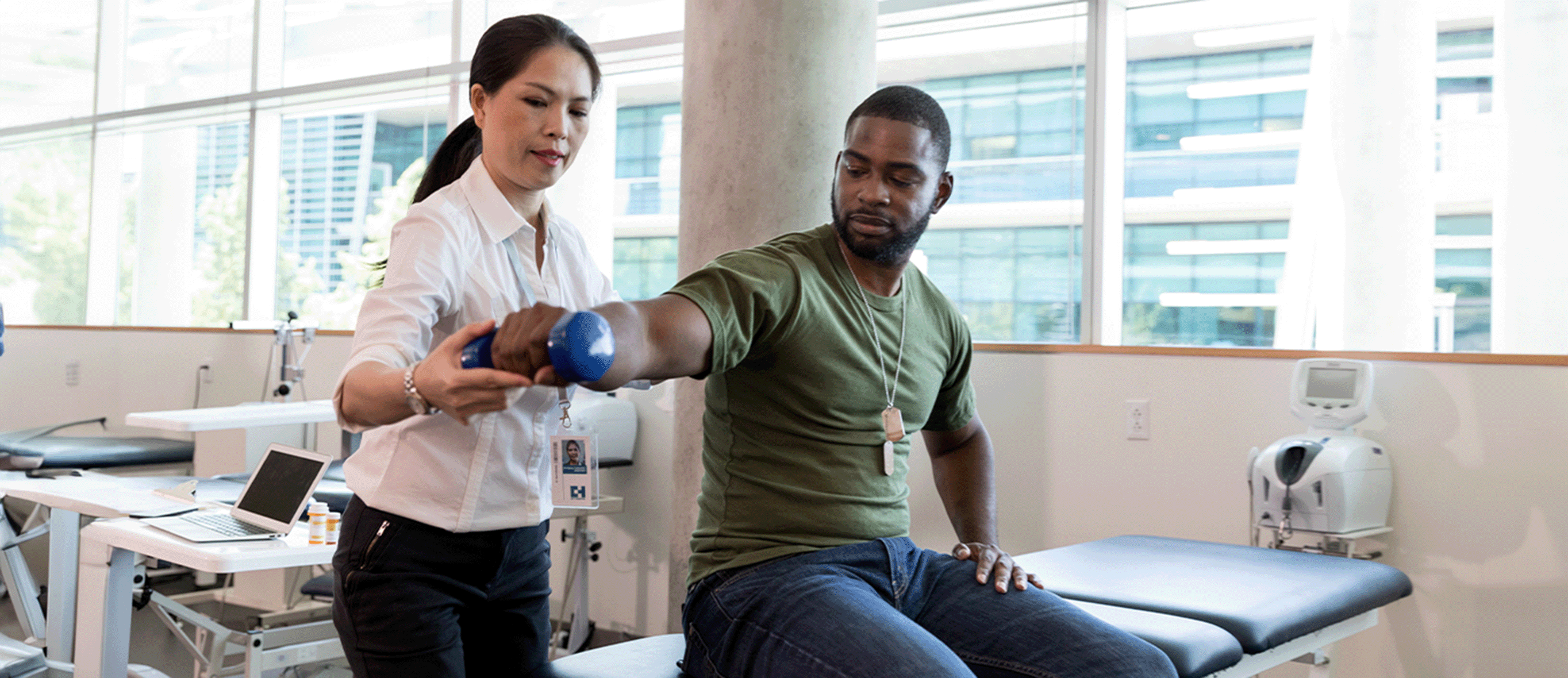There’s a common misconception that physical therapy is for recovering from an injury or surgery, but there are so many other reasons why you might want to seek physical therapy, whether it’s preventing symptoms or alleviating them, enhancing your quality of life. We’ve compiled our top 10 reasons you could benefit from physical therapy right now. Odds are almost everyone has experienced one of these signs at some point or another, but many of us either don’t recognize physical therapy as a solution or we choose to push through. Let’s dive in.
What Physical Therapy Can Do for You
1. Treat chronic or intermittent pain
Neck and back pain are especially prevalent, which isn’t all that surprising as many of us have desk jobs and sedentary lifestyles. Rather than living with the pain, a physical therapist can help you both heal and prevent future pain by strengthening weakened muscle groups and working on increasing your range of motion through targeted exercises.
2. Improve posture
While we’re on the subject of sedentary lifestyles, so many of us overlook the importance of posture. When we are aligned, our bodies can work as they are supposed to. But when our shoulders are forward, we’re prone to more shallow breathing, neck and backaches, poor digestion, headaches, and many other unpleasant physical symptoms. A physical therapist can give you exercises to support proper alignment throughout the day and even give you valuable advice on sleep posture.
3. Boost athletic performance
Want to get stronger, faster, improve your balance, gain flexibility? A physical therapist can help you achieve your fitness goals, providing exercises to strengthen and lengthen targeted muscle groups and provide you with personalized guidance on which workouts will be most beneficial for you, as well as the frequency of your workouts.
4. Somatic healing
You might have heard these buzzwords, as somatic exercises have been quite trendy lately. But it’s a trend very deserving of the attention, in our opinion! The mind-body connection shouldn’t be overlooked, as memory of past trauma is actually stored in our body, even if our conscious brains have forgotten. A physical therapist with expertise in somatic healing can provide you with exercises to release blocked emotions and heal your nervous system. If you’ve ever struggled with mental health or simply want to relieve stress, this could be an excellent compliment to other kinds of therapy.
5. Migraines
Many people are surprised to hear that physical therapy can help with migraines, both in prevention and relief of symptoms. The best course of action is to seek physical therapy as a preventative method, and then book an appointment during migraine attacks. Your physical therapist can help you determine what frequency of sessions is best for you and give you exercises to perform in your session as well as at home. They can also perform massages and teach you (and/or caregivers) massage techniques to do on your own. Physical therapy can help tone and relax your muscles in the head, neck, and back to avoid migraines or headaches triggered by tension or poor posture.
6. Cardiovascular problems
Perhaps you have been diagnosed with heart disease or have suffered from a heart attack. A physical therapist can help you improve your cardiovascular health safely and effectively. You’ll learn exercises that are appropriate for your condition, and your physical therapist will likely help you design a personalized exercise plan for you to follow outside of your sessions.
7. Pelvic floor dysfunction
Pelvic floor physical therapy can benefit all women, but it is especially recommended for women who are pregnant or who have given birth. If you’ve ever leaked while sneezing, coughing, or running, that’s a sign you may need pelvic floor reeducation. Your pelvic floor health is vital in sexual health function, as well as urination and bowel function.
8. Vertigo
Before your first appointment with your physical therapist, be sure to check in with your doctor to see if they can diagnose the cause of your vertigo. This will help your physical therapist provide the best possible care because not all cases of vertigo are treated the same way. For some, vestibular rehabilitation therapy (VRT), which consists of various therapeutic exercises to improve stability, mobility, and balance, is beneficial.
9. Arthritis
A physical therapist can help you strengthen your muscles to support your joints and improve your mobility. Therapeutic exercises can help reduce pain and improve your everyday quality of life. Perhaps you are limited in your daily activities, such as trouble carrying objects or getting in and out of the car. It can be helpful to make a list of these activities for your physical therapist so that you can prioritize the rehabilitation of the associated muscle groups that will make the most impact.
10. Diabetes
A physical therapist can help diabetics improve their fitness levels slowly and safely in order to lower their blood sugar. Physical exercise can be just as important as nutrition in preventing glucose levels from becoming too high.
Physical therapy is a wonderful tool to keep us feeling our best, whether we are looking to prevent symptoms or resolve them. With All Places Rehab, you can quickly find a physical therapist whose specializations match your needs, in your area or even virtually via telehealth. You can also check out our concierge service to have one of our APR curators match you with the physical therapist who best suits your needs.



